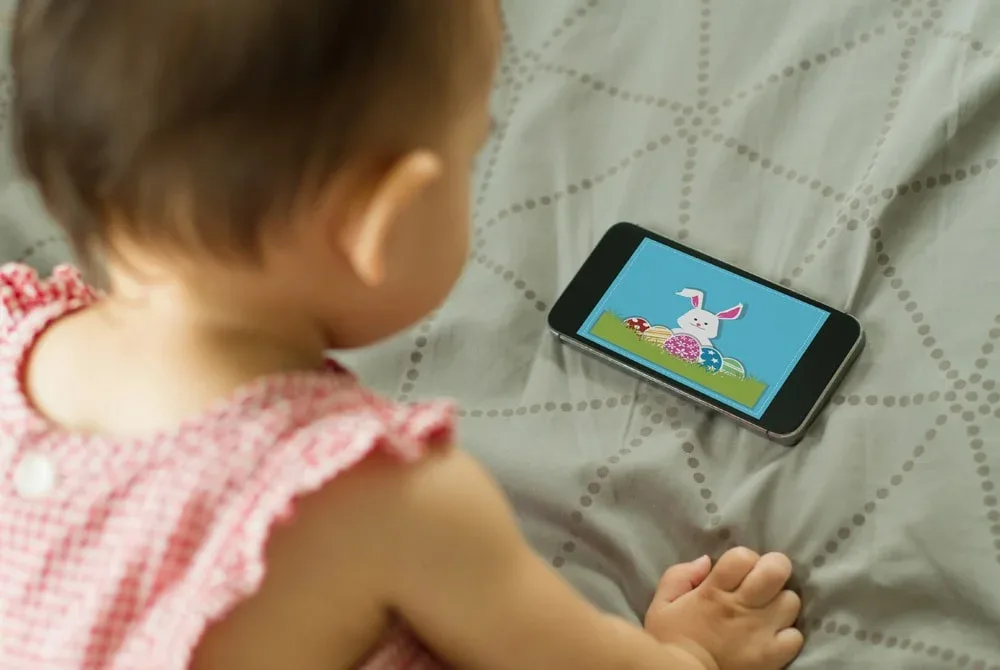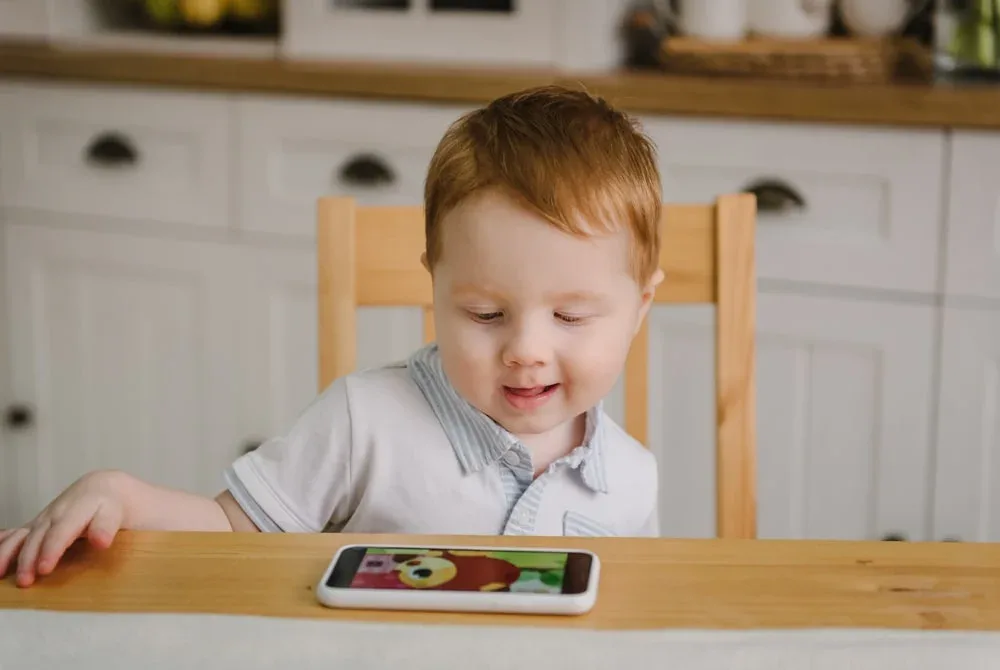
Watching Cartoon programs is common among children, and most of them find it entertaining. Cartoons captivate children with vivid colors, imaginative stories, and interesting and lovely characters. But how does watching TV cartoons impact children’s growth, behavior, and mental development? Is it a harmless habit? Are parents so sensitive about it?
In this blog of Deecyda, let’s examine the impact of cartoon programs on children and decide whether to view them as entertainment or a serious challenge!
Contents
Watch Cartoon Programs, The Emotional and Social Impact
Watching TV cartoons affects children’s emotional and social development, but how do cartoons shape these developments?
Children watch cartoons and TV in their free time, and besides watching programs, they use their imagination to create characters and make their favorite stories for them. In this order, cartoons often evoke strong emotions in children and teach them empathy, courage, friendship, etc. Conversely, excessive exposure to these contents may lead to behavioral mimicry. For example, watching a cartoon for kids with gentle, and educational themes promote positive emotional growth, while fast-paced, chaotic shows might overstimulate and encourage violent behavior.
Social Lessons from Cartoon Programs
When children watch cartoons online or on TV, they observe scenarios that reflect cooperation, teamwork, and problem-solving. Shows like these can help parents teach and improve their children’s social skills.
Aggressive behavior
On the other hand, aggressive or competitive cartoons may result in negative behaviors during peer interactions. A real example of this can be Tom and Jerry. In the show, Tom (the cat) and Jerry (the mouse) constantly face aggressive, physical challenges. Tom often chases, traps, or hurts Jerry in a silly way, and the show makes these aggressive actions seem funny.
Children who watch these cartoons may think it’s acceptable to solve problems through aggression or to engage in competition and harm others. This belief may lead to children mimicking these behaviors in school by pushing, teasing with peers, and trying to win at any cost. This negatively impacts their relationships with peers. So, it’s on you as parents to control what children want to watch, especially when they are less than 6 years old and can be easily influenced by stories and characters.
How do watching cartoons affect children’s brains?
Exploring the relationship between cartoons and cognitive development in children is a scientific debate between scientists and psychologists. Cartoons’ effect on brain development is not entirely negative.
Creative programs can inspire imaginative thinking. For example, help them craft stories, solve problems, or think outside the box, although it has overstimulation Risks. Remember that watching too many fast-paced cartoons for kids can overstimulate young brains, reducing their ability to concentrate on slower-paced learning activities and sometimes leading to high stress levels.
Physical and Health Concerns of Watching Cartoons
Parents usually worry about the effect of cartoons on their children, especially their physical and mental health and attitudes. So let’s take a look into this.
Sedentary Lifestyles and Screen Time
Children should play games, especially outdoors, to improve their health, but parents often complain about the increasing amount of time that children sit and watch cartoons or play video games. This sedentary behavior affects children and ties into the broader concern of physical health. Extended screen time leads to sedentary habits, increases the risk of childhood obesity and posture-related issues, and sometimes disrupts sleep patterns.
A study showed that children watching TV cartoons with loud, action-packed scenes struggle to wind down, leading to fatigue and irritability. So, parents must limit the time spent watching and encourage children to be more active.
Balancing the Habit: A Parent’s Guide to Healthy Cartoon Watching
We understand that watching cartoons and anime can positively and negatively impact children. So, limiting watching time and replacing it with other activities is better. In this order, we will provide some tips for parents to make cartoon watching a positive experience for children.
Set Age-Appropriate Content
It’s better to choose cartoons for toddlers, kids, and children based on their developmental needs, such as teaching shapes and colors for kids and encouraging basic social lessons. For example, choose a program that is both enjoyable and constructive. Remember that educational content strikes the right balance between entertainment and learning.
Monitor Screen Time
Sedentary lifestyles are a serious concern, and parents should be aware of their consequences. Ensure children watch cartoons and anime for limited hours each day, preferably during the daytime. Create a schedule that prioritizes other activities like reading, playing, and outdoor fun, and designate rewards to encourage children to engage in different types of activities instead of watching cartoons for several hours.
Encourage Family Viewing
Watching TV cartoon programs together allows parents to discuss themes, address confusing scenes, and emphasize values shown in the program with their children. Pick one of your children’s favorite cartoons and spend hours with them to watch, discuss, and enjoy.

FAQ
What is the positive cartoons effect on children?
Educational cartoons encourage learning, improve language skills, and boost creativity and imagination. Social content is beneficial for learning social skills and teamwork.
Does watching tv cartoons harm the brain?
Excessive exposure, especially to fast-paced content and violent content, can overstimulate the brain, reducing attention spans and concentration.
How much screen time is safe for cartoons for toddlers?
Experts recommend one hour daily for toddlers, focusing on age-appropriate, educational content.
Yes, many cartoon programs depict positive social interactions, teaching children lessons on teamwork and empathy. So pick carefully.
Conclusion
Cartoons and anime are neither inherently harmful nor entirely beneficial. Their impact on children depends on the content, duration, and parental involvement. So, by selecting age-appropriate programs, limiting screen time, and discussing themes with kids, parents can turn watching TV cartoons into a balanced and enriching experience.

